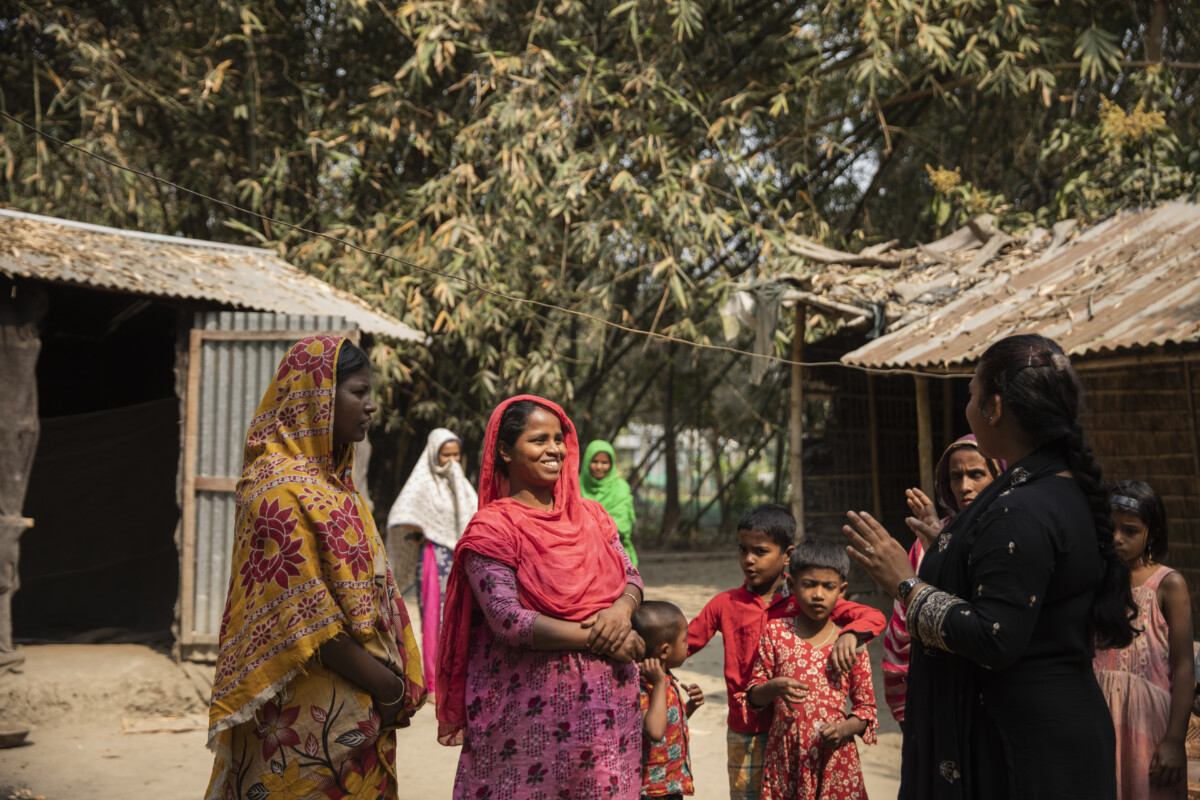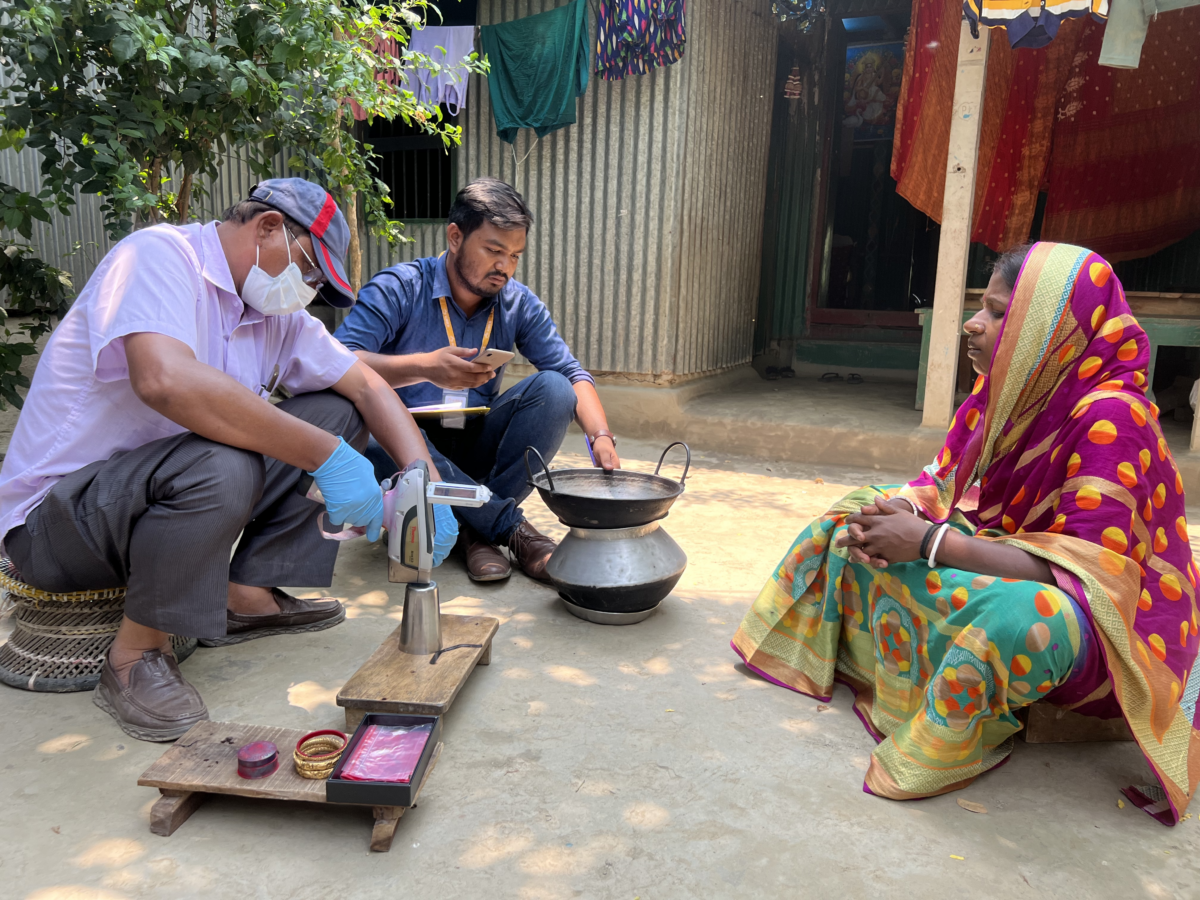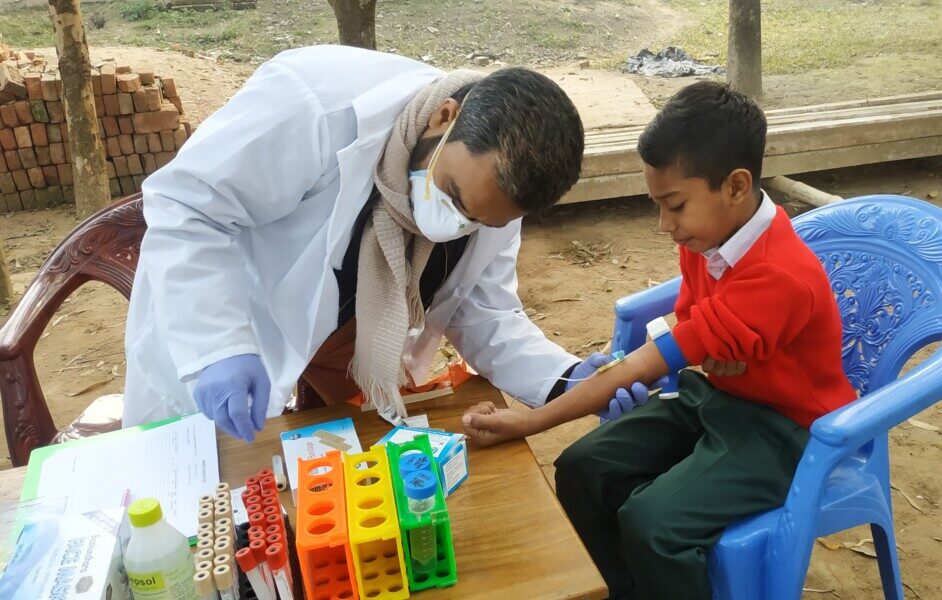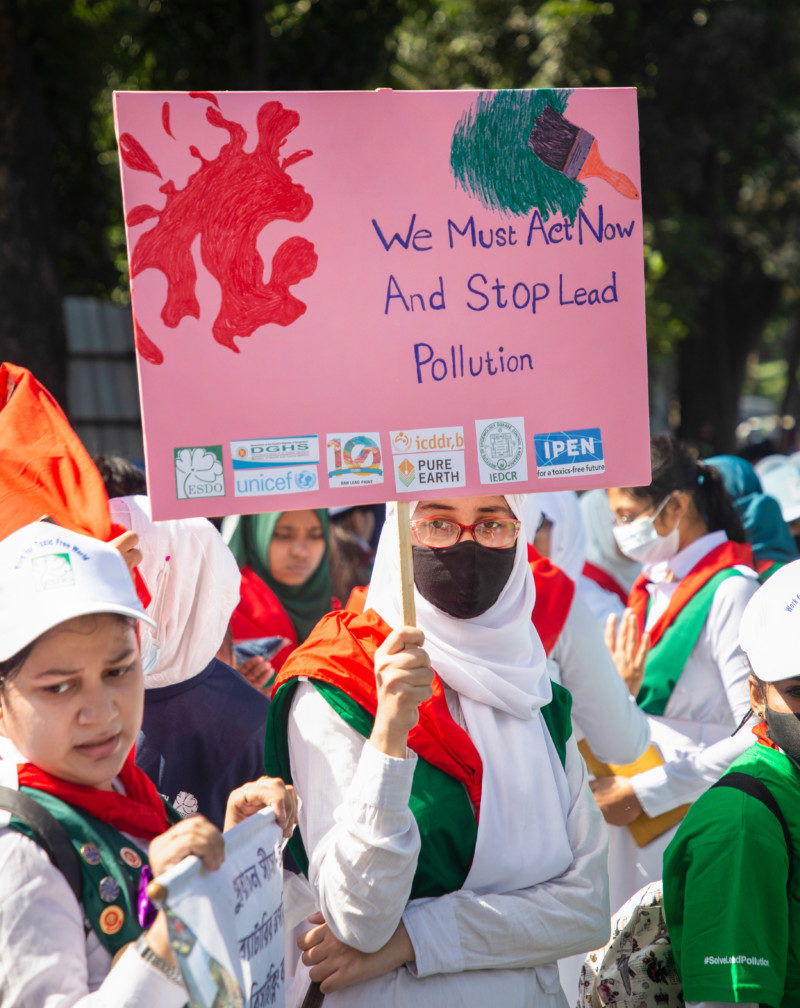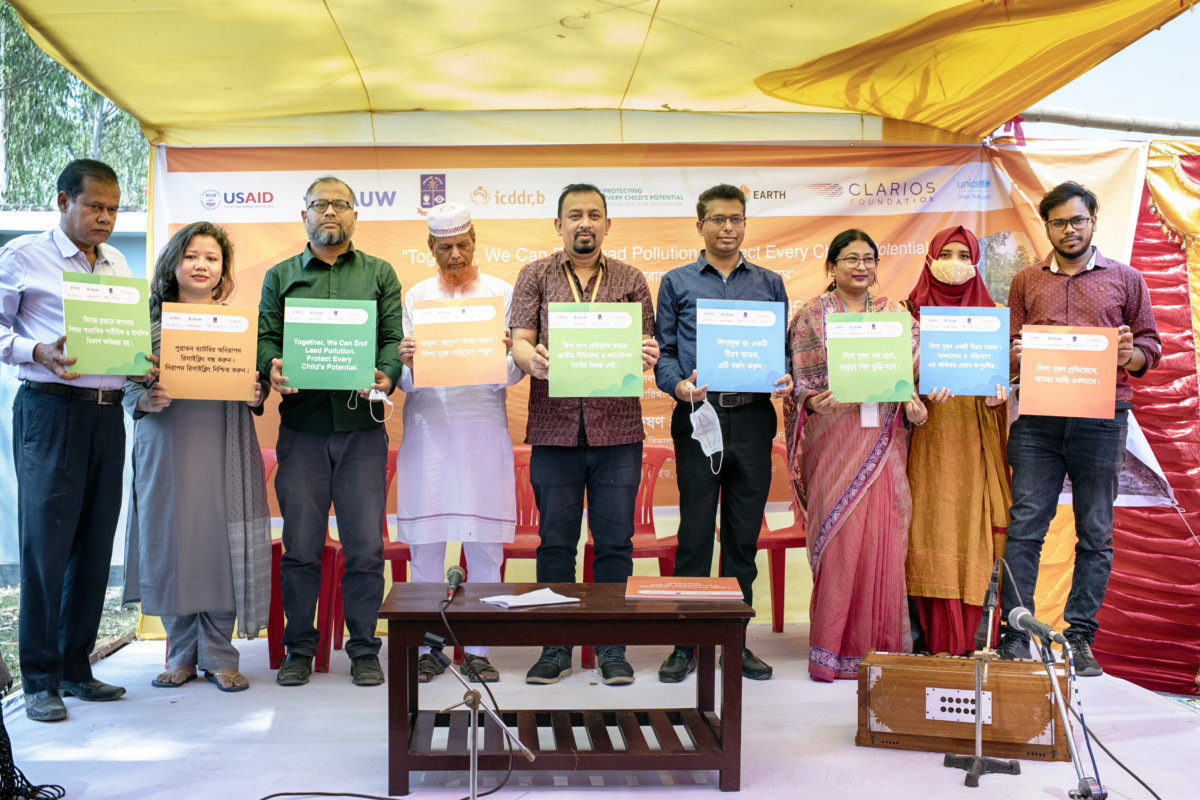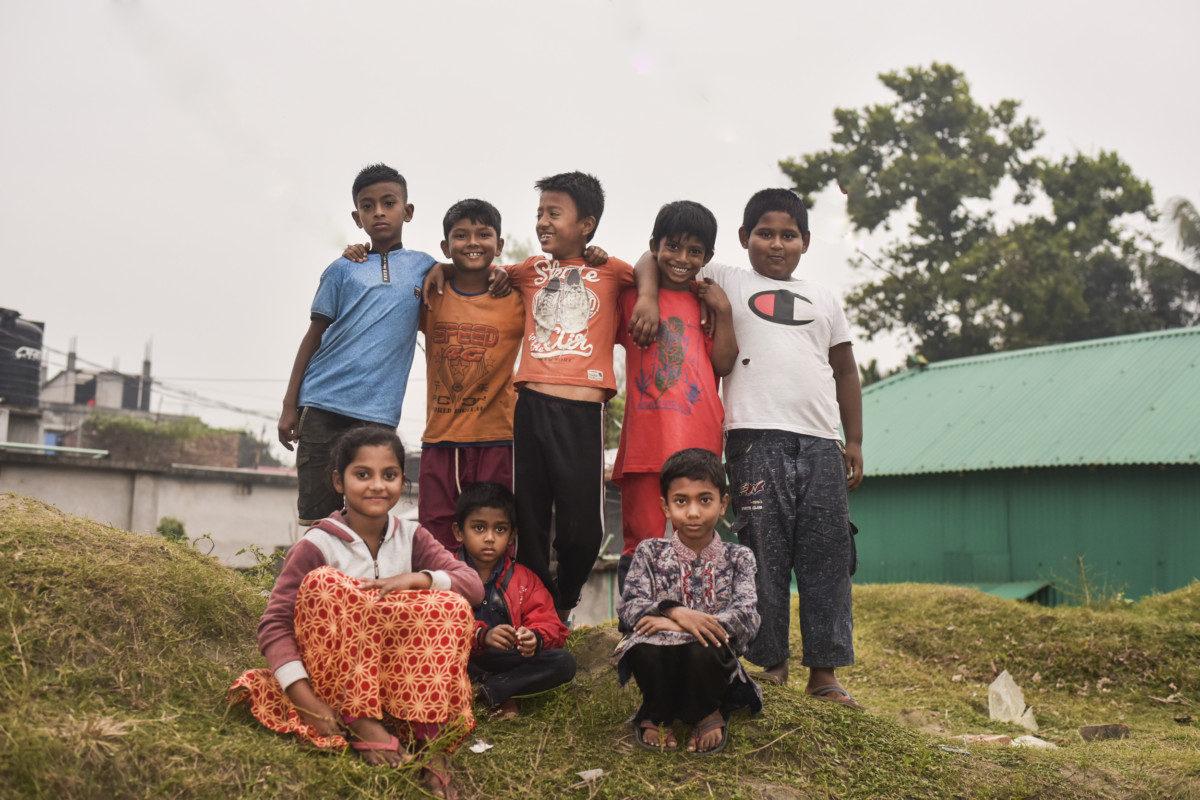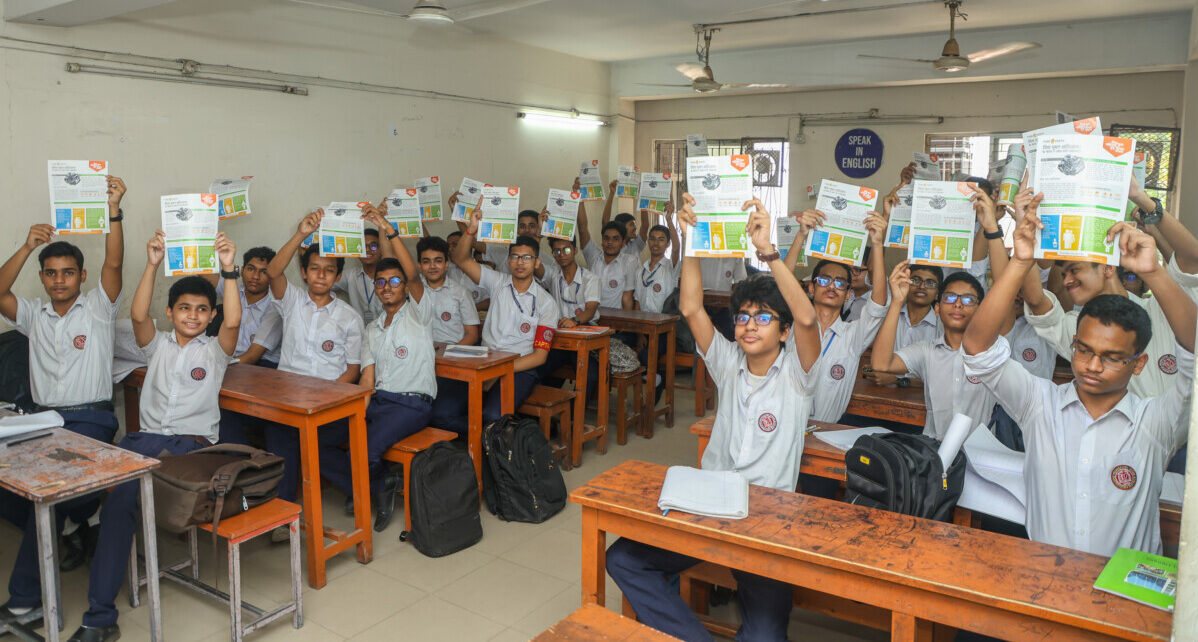ENGLISH | BANGLA
About Pure Earth Bangladesh
Pure Earth, a US-based environmental NGO registered in Bangladesh (Reg. No: 3366), leads evidence-based solutions for lead pollution in low and middle-income countries. Since 2011, we’ve researched hundreds of consumer products to find sources of lead, assessed 300+ toxic sites, and conducted over 3,000 blood lead level tests for children and pregnant women. Our lead-contaminated site remediation programs achieved a 35% reduction in children’s blood lead levels, lowering soil lead concentrations from 20,000 ppm to 55 ppm in many areas; saving the community and future generations from lead exposure. Partnering with government agencies, we launched a Health and Pollution Action Plan and established the Lead-Safe Bangladesh Coalition in 2020, uniting NGOs, INGOs, UN agencies, researchers, academics, and health experts to take impactful actions. Together, we’re reducing lead exposure, raising awareness, and safeguarding lives. Join us in solving lead pollution.

